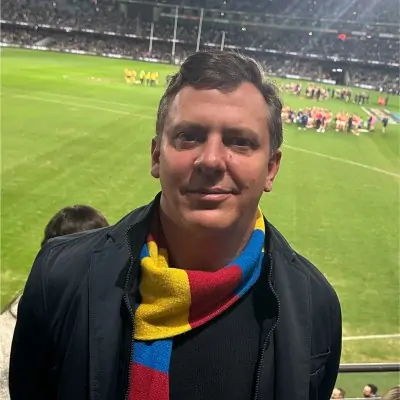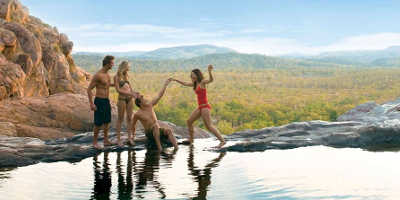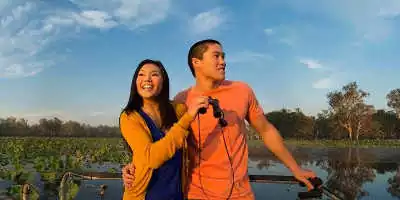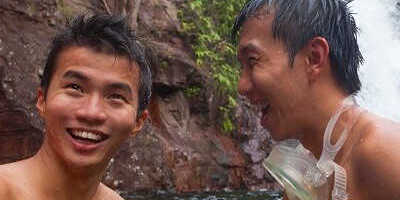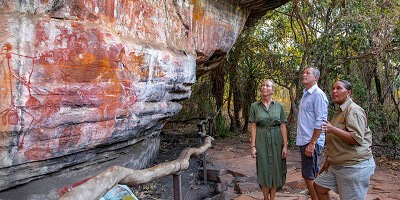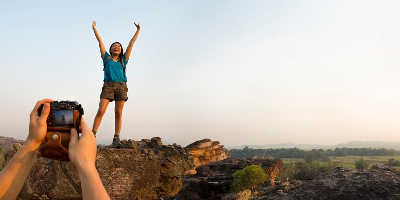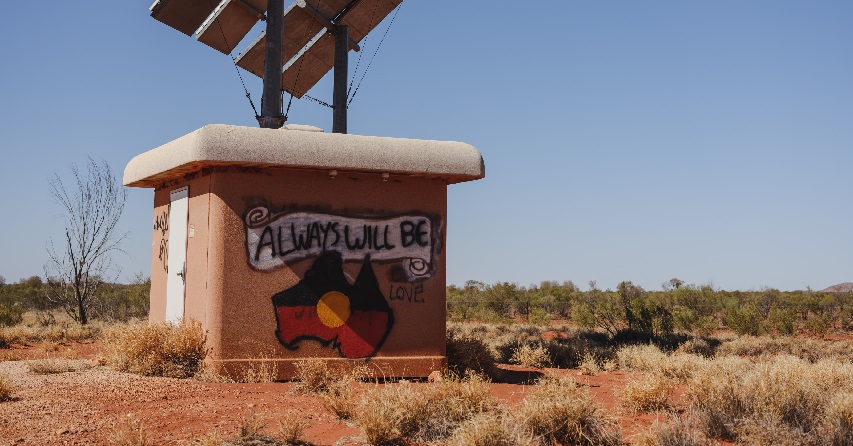
Traditional Owners of Kakadu
Written by: Cameron Ward
Published: 03/27/2020
Reading time: 3 mins
There’s a term that you may have seen this blog use several times, traditional owners. While it is a term that most Australian’s are familiar with and easily understand, it may not be as simple for international travellers.
Who, not what
First of all, the question should always be who are the traditional owners, not what. Traditional owners is a term used to identify the groups of peoples who first occupied any area of land in Australia.
There is a long and complex process that formally recognises traditional owners, however, there does not need to be a court ruling for Aboriginal peoples to identify themselves as the traditional custodians of an area.
Traditional ownership is held by Aboriginal peoples that have occupied land in Australia since well before European invasion.
History of Native Title
Following the European invasion of Australia, Aboriginal people faced a great deal of persecution and racism. They were forcibly removed from their family and land and had no rights to the lands they had occupied for thousands of years.
The forced taking of Aboriginal land came under the European notion of Terra Nullius, the determination that Australia was legally unoccupied at the time of the invasion. In 1992 this changed with the historical Mabo decision.
The decision recognised that the culture of Aboriginal and Torres Strait Islander people in Australia was continuing and despite invasion in 1788 the culture will continue into the future.
Today there is an incredibly long and drawn-out process for Aboriginal communities to undertake in order to have their common law rights handed back for certain lands. This process can take over ten years. Many Elders who begin the application progress do not see it come to fruition.
Traditional ownership of Kakadu National Park
The traditional owners of Kakadu National Park are the Bininj in the north and Mungguy in the south. Many of the owners still live within remote areas of the park while overs reside in Kakadu’s towns.
Within the park, there are several clans. These clans share ownership over certain areas of land within the park. Kakadu has about 19 clan groups who pass their clan boundary lines from one generation to the next. Clan boundaries pass down generations from fathers.
The Bininj/Mungguy operate the park in cooperation with Parks Australia. Together they protect the land and manage the National Park.
Supporting Aboriginal communities
There are several ways you can support Aboriginal communities in Kakadu, in fact, you’re already doing it!
To enter Kakadu National Park, you must purchase a permit. The money from this permit goes directly to supporting Aboriginal communities, primarily through the payment of land lease payments. Parks Australia lease the parklands from the community to allow visitors to enter and your permits pay for that lease!
Another way to support the communities is to purchase goods and crafts from the cultural and visitor centres within the park. Finally, and most importantly, you can support Aboriginal people by showing respect and understanding of their culture. Be sure to adhere to any signage, do not touch any art, and stay out of areas that are sacred.
Kakadu National Park is an astonishing place, and a unique area to learn about Aboriginal culture in Australia. Book your tour today.
Related article: Exploring Aboriginal Rock Art at Kakadu

